Illustrados
Ilustrados were the Filipino educated class, they were the middle class who were educated in Spanish and exposed to Spanish liberal and European nationalist ideals. They wanted representation of the Philippines in the Cortes Generales, secularization of the clergy, and legalization of Spanish and Filipino equality
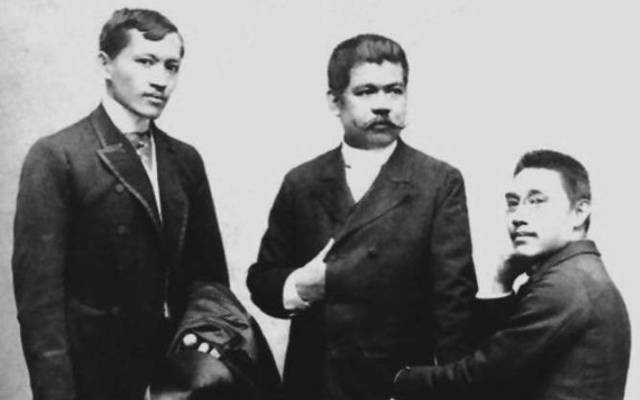
Dec 13
La Solidaridad
Newspaper produced by propagandists declaring simple rights
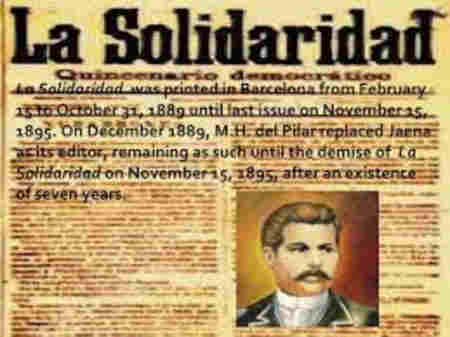
More Anti-Spanish works published
Rizal, the main figurehead of the propagandists, published two more works around this time. The Noli Me Tangere and El filibusterismo. These expressed more anti-spanish sentimentd in the Philippines and pushed the people further towards revolution.
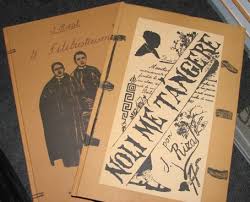
Mar 09
Formation of the Kapitunan
This libralist group of revolutionaries was founded by Andres Bonifacio. It was a secret society of revolutionaries. Momentum was gained by this group when some of the illustrados returned to the Philippines from exile
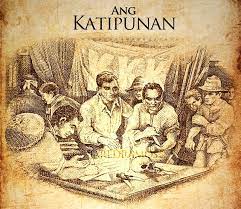
Aug 19
The Start of the Philippine Revolution
The Katipunan was discovered by a Spanish friar, which resulted in the start of the Philippine Revolution.
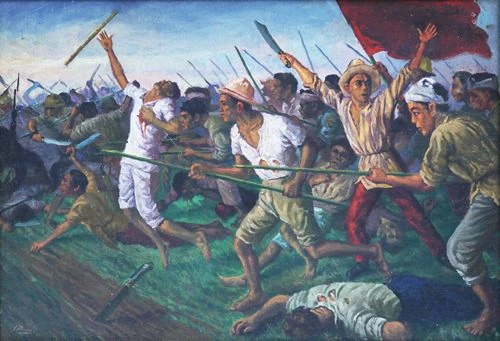
Dec 13
Death of Rizal
Jose Rizal was an ilustrado that was a part of the Propoganda movement. His writings inspired national conciousness among the Filipinos, stirring feelings of nationalism. On this date, he was arrested and executed shortly after returning to the Philippines from exile. With Rizal as a martyr for the Filipino independence , an even bigger surge of nationalism occured.
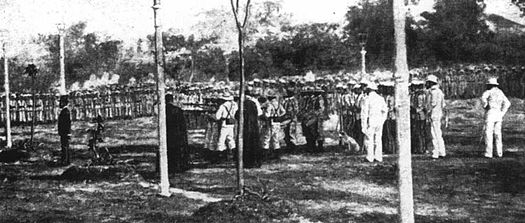 A photographic record of Rizal's execution in what was then Bagumbayan
A photographic record of Rizal's execution in what was then Bagumbayan
Mar 22
A new Revolutionary Government was formed(Tejeros Convention)
The Tejeros Convention resulted in the formation of the new revolutionary government that took charge of the Philippine Revolution replacing the Katipunan.
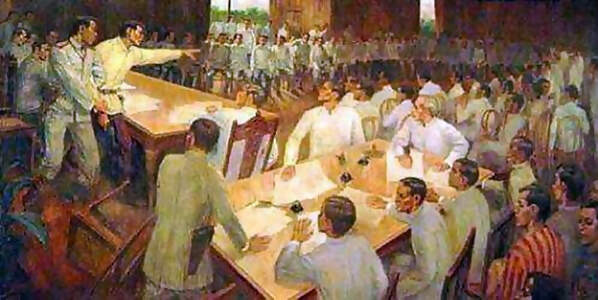
Nov 01
Pact of Biak na Bato
The initial concept of the republic began during the latter part of the Philippine Revolution, when the now-undisputed leader of the Revolution, Emilio Aguinaldo, became surrounded by Spanish forces at his headquarters in Talisay, Batangas. Aguinaldo slipped through the Spanish cordon and, with 500 picked men, proceeded to Biak-na-Bató,
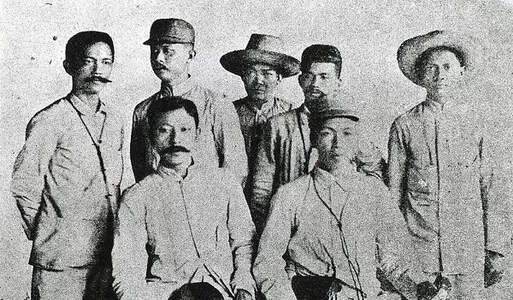
Dec 14
Revolutionary Leaders exiled in Hong Kong
In accordance with the first part of the pact, Aguinaldo and twenty five other top officials of the revolution were banished to Hong Kong
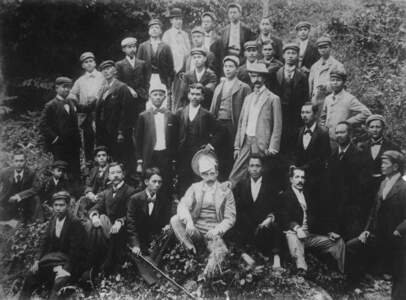 Exiled Revolutionary Leaders in Hong Kong
Exiled Revolutionary Leaders in Hong Kong
Dec 10
Treaty of Paris
The Spanish rule of the Philippines officially ended with the Treaty of Paris of 1898, which also ended the Spanish–American War. In the treaty, Spain ceded control of the Philippines and other territories to the United States.
Jan 21
Formation of the First Philippine Republic
Malolos Constitution, was the constitution of the First Philippine Republic. It was written by Felipe Calderón y Roca and Felipe Buencamino as an alternative to a pair of proposals to the Malolos Congress by Apolinario Mabini and Pedro Paterno.
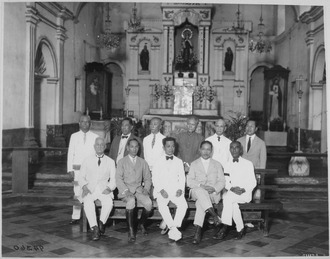
Feb 04
PhilAm War Begins
in the Battle of Manila, fighting broke out between the Filipino and American forces, beginning the Philippine–American War.
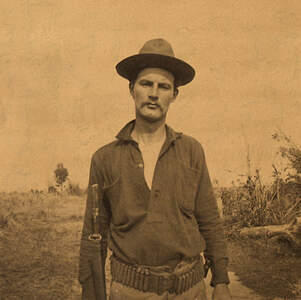 Private William Walter Grayson who fired the first shots in the Battle of Manila (1899)
Private William Walter Grayson who fired the first shots in the Battle of Manila (1899)
Mar 23
Aguinaldo was Captured
On March 23, 1901, with the aid of Macabebe Scouts forces led by General Frederick Funston, Aguinaldo was captured in his headquarters in Palanan, Isabela. On April 19, 1901, Aguinaldo took an oath of allegiance to the United States, formally ending the First Republic and recognizing the sovereignty of the United States over the Philippines
Apr 19
Malvar Takes Over
The Hong Kong Junta affirmed Malvar's authority in succeeding Aguinaldo and formally takes over as the leader of the Philippine Revolutionary Government.
Apr 16
Malvar Surrenders: Signalling the End of the Philippine-American War
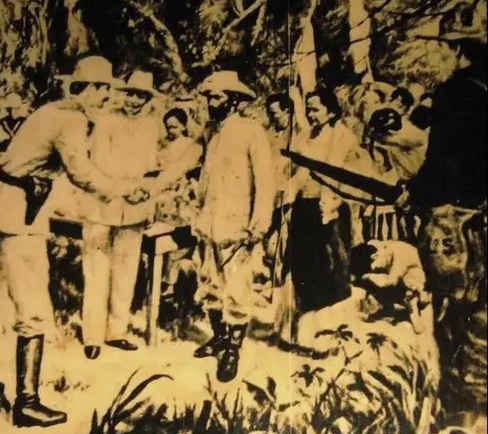
Jul 04
President Theodore Roosevelt proclaimed Philippine-American War over
President Theodore Roosevelt proclaimed a general amnesty and declared the conflict over on July 4, 1902, although minor uprisings and insurrections against American rule periodically occurred in the years that followed.